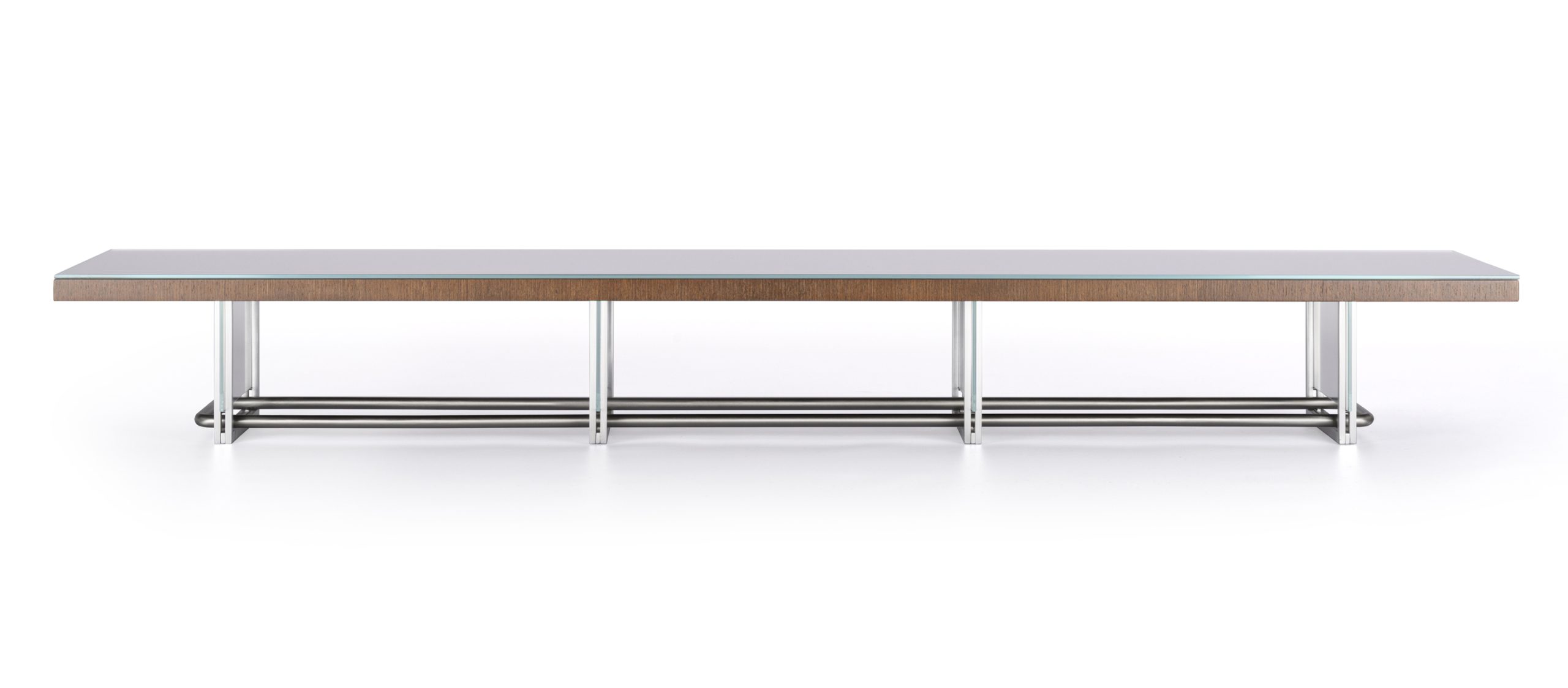
The H1:5 project celebrates the most important architects of Como Rationalism of the ’20s and ’30s through life-size objects and scale miniatures that faithfully reproduce the construction techniques, materials and color choices of the original pieces. A tribute to Italian design that, starting with Giuseppe Terragni, celebrates the excellence of the masters who have made history, enhancing the love for style and the culture of timeless beauty.
Rationalism as an architectural current can be placed within a vast international movement which, although clearly above anything coming from national taste, has witnessed the appearance of various local currents that have grown within a single country or even a relatively small territory featuring their own and unique characteristics. The H 1:5 project is aimed at the works of some of the most important architects of Como Rationalism of the 1920s / 1930s. It is a natural and conscious choice, if we think of the Como area as of a fabric made over time with “threads” from various eras. The threads of rationalism are woven within this land as in a canvas with jewels set here and there, present in everyday life, not kept in a museum state. Meetings are held around Giuseppe Terragni’s Grande Tavolo (Great Table) in the ex Casa del Fascio in Como, the boats dock at the former headquarters of the Italian Lario Motorboat Association designed by Pietro Lingeri in Tremezzo, children go to the “Antonio Sant’Elia” Kindergarten in the morning. The H 1:5 project celebrates the masters who contributed to the creation of this unique cultural fabric.



The company born and grown within this territory has an honor and advantage of being a part of this reality and contribute to conservation as well as evolution of our common cultural baggage.
The first phase of the H1:5 project is study. Assimilating with respect and gratitude what the great masters of Como Rationalism have left us as a legacy. We scrupulously analyze the original pieces, recover the studies made by the masters in the archives, we analyze the real pieces: we photograph, survey, observe, whenever possible, inside the architecture for which they were designed. All this can be done only here, in the Como area.



The second phase of the project is interpretation. Whether it is a real piece of furniture or a 1:5 scale model, one has to understand how to make it in a structurally and historically correct way though being aware of the fact that culture in the broad sense and technology in particular are constantly evolving organisms and using in the third millennium some techniques of 1920s would be as if the masters themselves employed those of the 1800s. This approach is sometimes used in historical reconstructions of museum finds but never in real life nor in any production process. In the phase of interpretation for an Inedited we study a better way to realize the original project with today’s techniques. For a model we study the best way to reproduce its original construction.


The third stage is synthesis. Each piece is completed with material telling its story so that each element carries with itself the cultural background belonging to it. When the piece is purchased, its history is enriched with that of the owner who in turn also contributes to the continuous weaving of the cultural fabric. If the piece remains on the territory it reinforces the cultural fabric of the place. If it travels far away new threads are created towards other places and other cultures.



